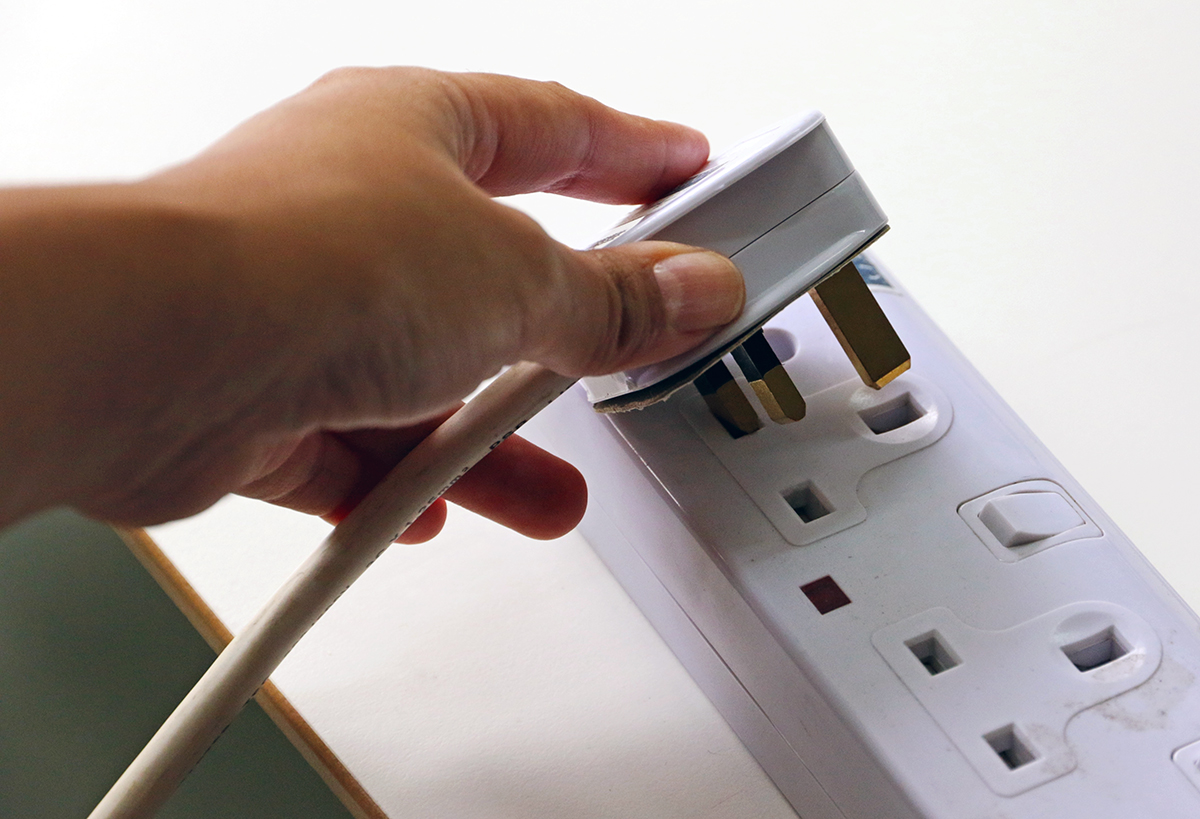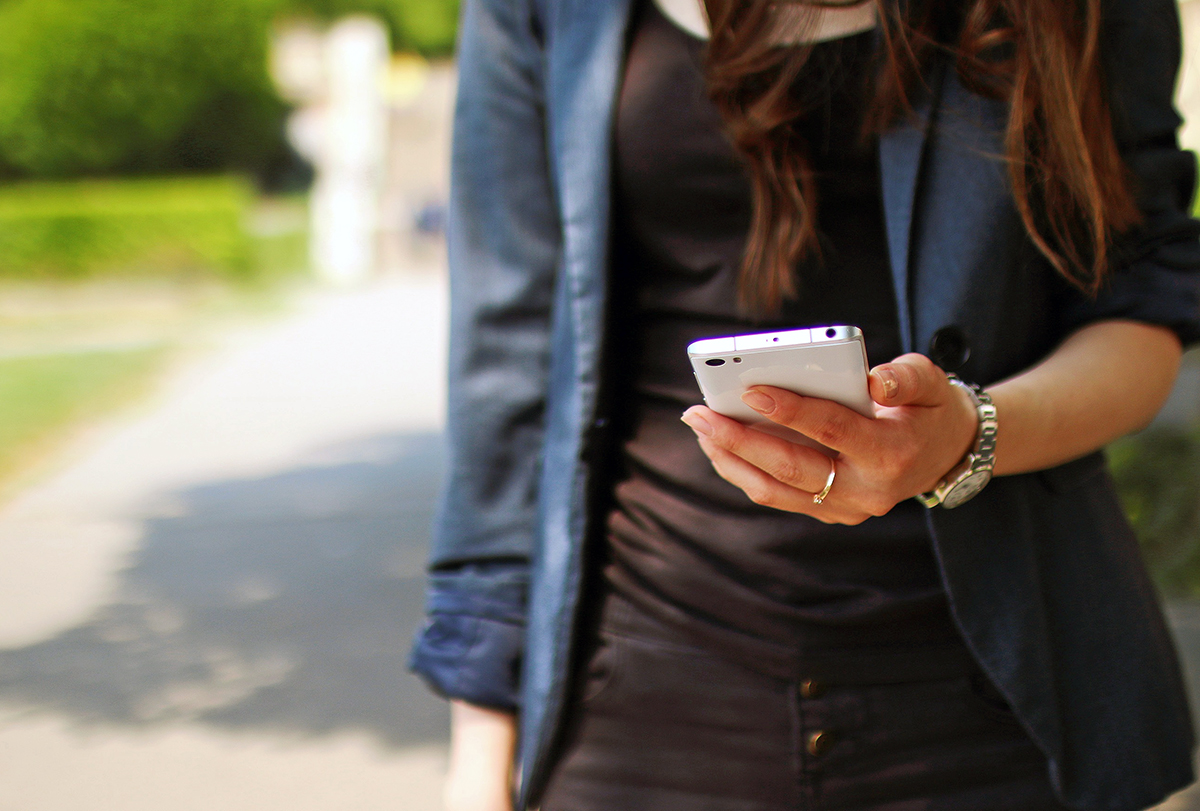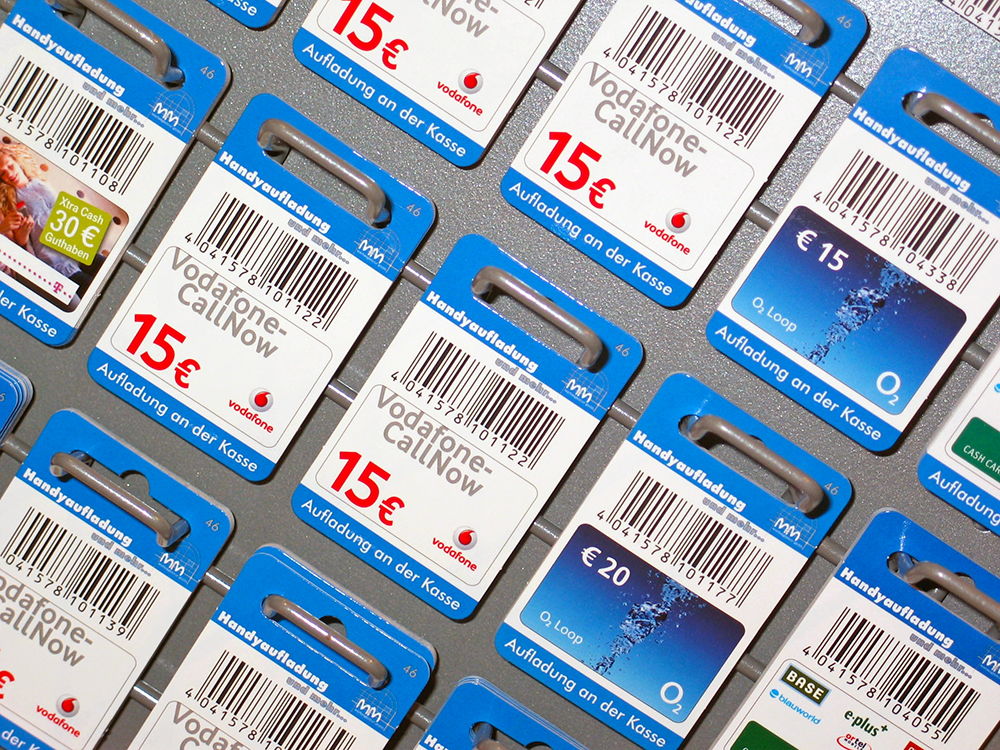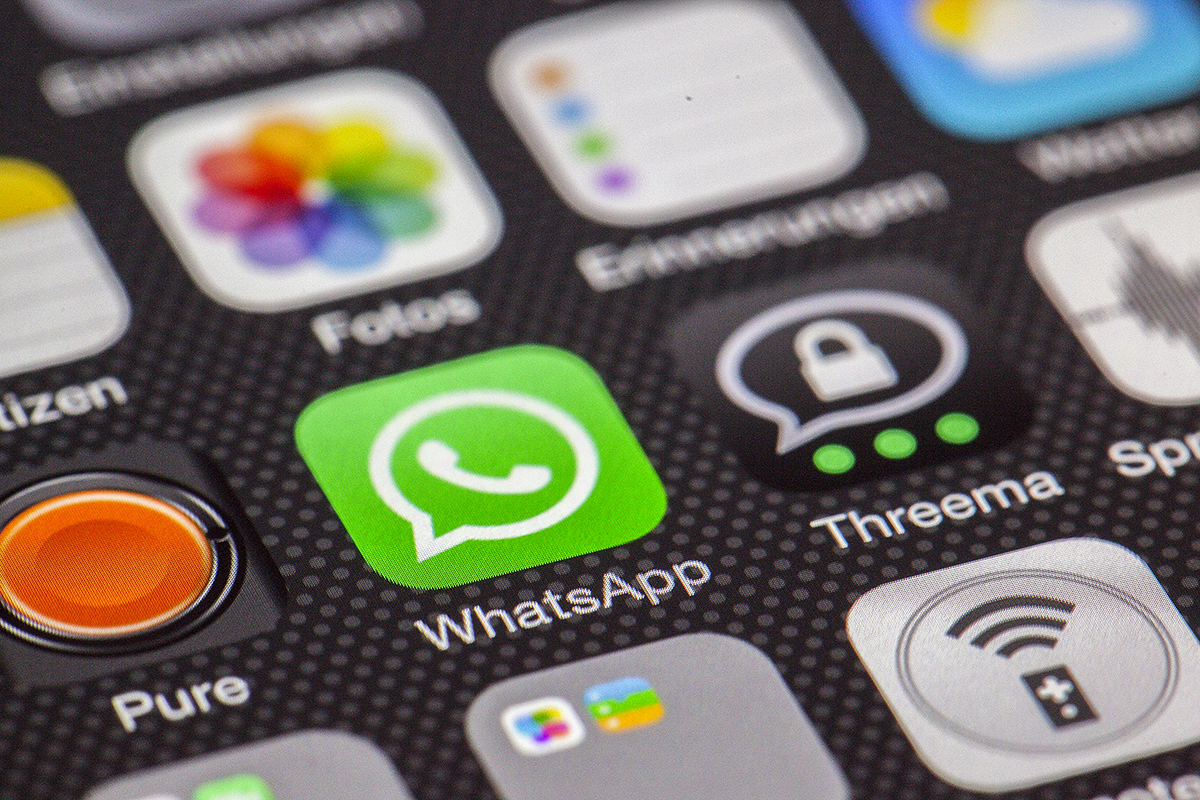Smartphones. Laptops. iPads. Different outlets. Oh the world of technology as we travel. It can get quite confusing.
Believe me, since I’m working as I travel and have my laptop and iPhone and need to charge up camera batteries, I know it can be a tangle of cords and plugs. It can get complicated.
Then the question of how to use your phone and when to use it. Am I going to get charged for this or that? Technology is puzzling enough at home. Take it to Europe and it becomes even more so.
Well, here are some basic tips to clear up some of that chaos.

Man using his tablet while traveling in Europe
Plugs, adapters and converters
Most of today’s gadgets (curling irons, phone chargers, etc) are dual voltage which means they will automatically switch over to the 220 that Europe runs on. The US runs on 110. So you most likely won’t need a voltage converter that we all used back in the day.
However, if your device is old, double-check this. And if you need one, they’re still available.
But you should only need the proper plug. A 3 prong rectangular one for the UK (England, Wales, Scotland, Northern Ireland) and Ireland (The Republic of Ireland) or a 2 round pin one for continental Europe. If you want to pay a few more dollars you can get a universal adapter that will have the ability to do both.
Don’t pay too much. A single plug should only cost a few bucks.
If you have a couple of devices you want to charge at once, then buy a few. In fact, I recommend having 2 or 3 as you may leave one behind somewhere by accident.

UK and Ireland 3 prong plug and outlet
Phones
The first piece of advice for using your phone in Europe is to check with your cell phone company to see 1) that your phone can be used overseas (less of an issue with today’s smartphones) and 2) what your current plan is. Your plan may very well include some international calling, text and data.
Next consider how long you’re going to be gone and how much you anticipate using your phone. And WHAT are you going to be using it for — phone calls, texting, data. All of the above or just one?
So now you’ve determined your needs.
Can you get by using mostly wi-fi at your hotel or at a cafe? If so then don’t worry about an international plan. You can use the wi-fi and post to Facebook and Skype or FaceTime with family back home.
However, if you need to make calls while on the road or want to use your maps while driving, then I highly recommend some sort of international plan.
Personally, I switched to T-Mobile as I get unlimited text and data in most European countries. And my calls are at a reduced rate. So I’m set.
But you may have a different carrier and will want to see what your options are.
My advice is to use wi-fi as much as possible and to use free apps. If you’re a big texter and don’t have an international texting plan, you might want to consider Whats App. It’s a free app so you can text with your family and friends. But…remember that your family and friends must have it as well. Facebook Messenger is another one to use when you have wi-fi. We’re all on Facebook (or so it seems)!
The other option is you can text while on wi-fi. Check with your cell phone service to find out how exactly to do this. Each carrier is slightly different as is each phone. I always recommend stopping by the AT&T, Verizon, T-Mobile or Sprint store to ask the folks there. I’ve had both AT&T and T-Mobile and have always had good customer service at the retail stores. It’s a good place to start.
If you need to use data such as maps, you can download the maps while on wi-fi then use that map when offline.
Be aware that if you don’t have an international data plan, using data while not on wi-fi (using the cell carrier), will add up. It truly pays to know your phone and what your coverage is.
Again, the best advice I have is to talk to your mobile phone carrier. They are your best resource.
And this will apply to your tablet or iPad. Check to see what coverage you have. Typically you are always good to use the data if you are on wi-fi.

Using your cell phone while wandering around Europe
Do I need a local SIM card?
For those traveling longer, you may want to consider buying a local SIM card for your unlocked phone.
First be sure your phone is unlocked. If you’re not sure, then stop by your local carrier retail store before you leave.
If it is, then you’ll want to buy a SIM card when you arrive at your destination. You can buy these at a mobile phone store, a newstand or even vending machines.
If you need one that includes data you’ll probably pay $15-30 for it and it should be good for a month. Just be sure you are getting what you want — that it covers the countries you are visiting, that you can call home, and get the rates for texting (SMS in Europe) and data. And that you get the right size SIM card. Get all the info!

SIM cards for sale in Europe
Handy travel apps
Having some apps for travel is always a great idea. Here are a few of my favorites — and they’re free!
✓ Google Maps
✓ Airbnb
✓ Facebook Messenger
✓ FaceTime
✓ Convert (to convert currency, temperature, measurements)
✓ Über and Lyft

WhatsApp messaging app
Technology while traveling can be overwhelming
But don’t let it be. When it comes to your smart phone and tablet, the best place to start is your carrier. They’ll at least get you pointed in the right direction.
From there it’s up to you to decide HOW you want to use your phone or your tablet while you travel. WiFi is always a good way to go, but also be aware that public wi-fi is not safe for personal data. So please don’t do any credit card or banking stuff on public wi-fi.
Be smart. And put the technology away every now and again too. You don’t want to miss anything!







